Have you ever watched a big, shaggy dog try to squeeze its way onto a studio apartment couch, tail thumping into coffee cups and paws slipping on slick floors? It’s hilarious, yes, but also a little heartbreaking. Dogs are loyal and loving no matter where they live, but some breeds just aren’t made for tight spaces. Imagine a majestic Saint Bernard, bred to roam snowy mountains, suddenly confined to a cramped apartment—no wonder they look puzzled! Today, we’re diving into the world of pups who need more room to stretch, jump, and just be themselves. If you love dogs but live in a small home, this list might just surprise you.
Saint Bernard
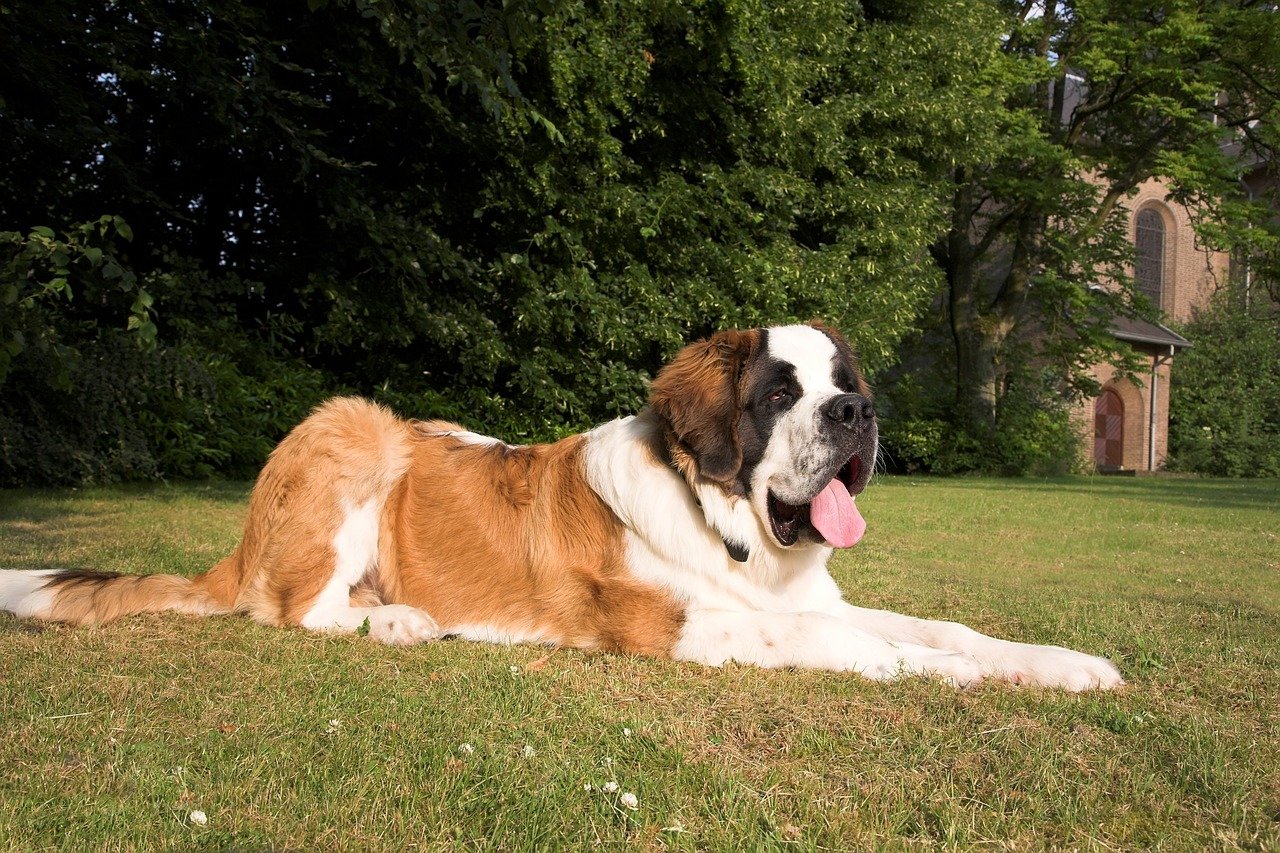
Saint Bernards are famous for their gentle giant personalities and their role as rescue dogs in the snowy Alps. As much as they adore cuddling with their family members, their sheer size makes apartment living a real challenge. These dogs can weigh up to 180 pounds and need plenty of space to move around freely without feeling boxed in. Their large, sweeping tails and hefty frames can accidentally knock over lamps or bump into furniture in tight quarters.
Beyond physical space, Saint Bernards also need room for their mental well-being. They are prone to boredom if they don’t have enough stimulation, which can lead to destructive behavior. Regular walks and a yard to explore are ideal for this breed. Without these outlets, they may become restless or withdrawn. Their thick coats also make them sensitive to heat, so small, stuffy apartments are a poor match. For their happiness and health, Saint Bernards truly thrive in homes with lots of open space.
Alaskan Malamute
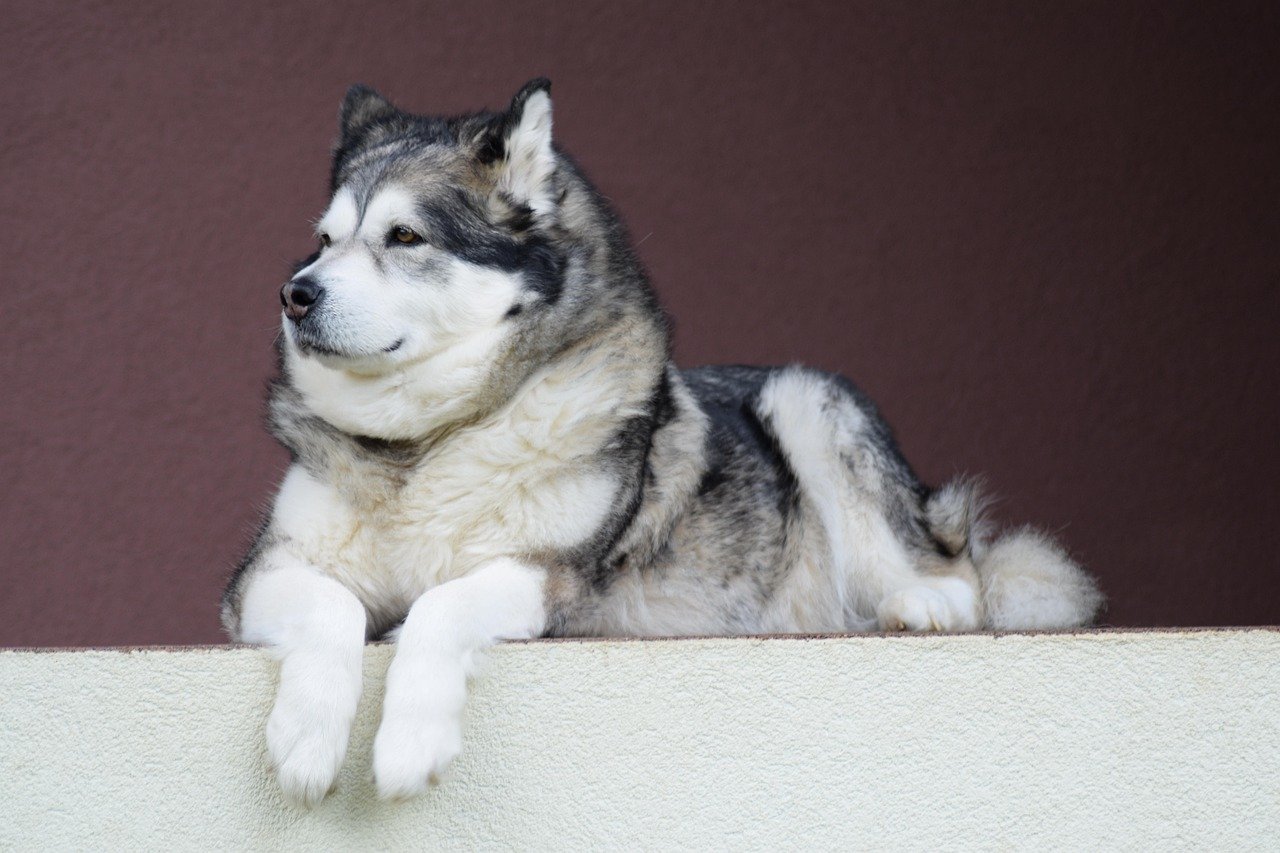
Alaskan Malamutes are the ultimate working dogs, built for endurance and strength. They were bred to haul heavy loads across frozen tundra, so being confined to a small apartment can feel like a prison sentence to them. These dogs have boundless energy and crave the outdoors, where they can run, dig, and play to their hearts’ content.
In a small home, Malamutes can quickly become bored and frustrated. Their intelligence means they’ll find ways to entertain themselves—often by chewing on furniture or digging up carpets. They also have a thick double coat, which sheds heavily and needs regular grooming. Without enough exercise, they can develop behavioral problems, making life stressful for both the pet and the owner. For an Alaskan Malamute, a spacious home with a big backyard is almost a necessity.
Great Dane
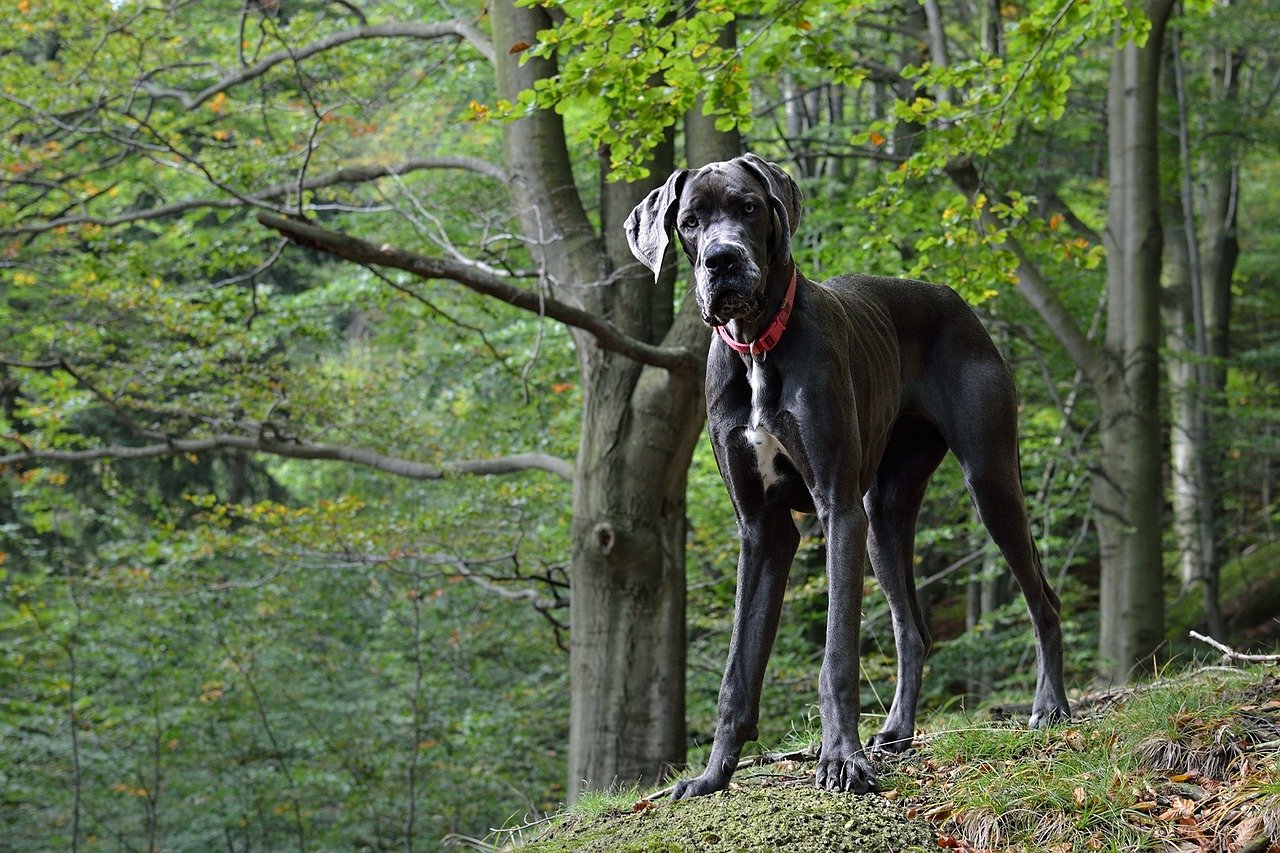
Great Danes are often called “gentle giants” for their sweet nature and towering height. However, their enormous size makes them awkward in confined spaces. Even the most careful Dane can accidentally clear a coffee table with a single wag of their tail. Living in a small home can make them feel cramped and uncomfortable, leading to stress and anxiety.
These dogs need space to stretch out, especially since they love lounging in comfort. Without a large area to move around, they may develop joint issues or muscle stiffness. Great Danes are also prone to bloat, a serious health risk that’s exacerbated by lack of exercise. For their physical and mental well-being, these majestic dogs need a home where they can move freely and relax without tripping over the furniture—or their own massive paws.
Siberian Husky
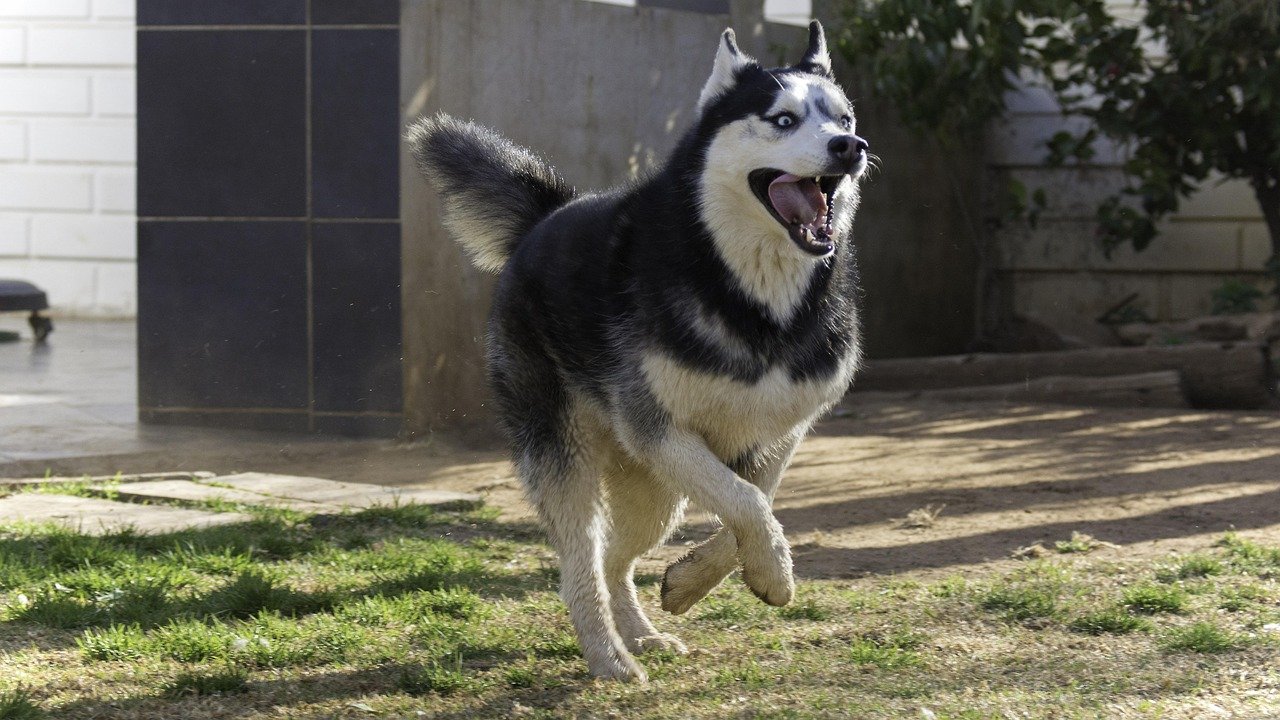
Siberian Huskies are born adventurers, bred for running long distances across snow and ice. Their relentless energy and curiosity can make small apartments a battleground rather than a sanctuary. Huskies have a reputation for being escape artists and can become destructive if they feel trapped or under-stimulated.
In a limited space, a Husky’s need for activity goes unmet. They may howl, chew, or dig in frustration, turning your home into their personal playground. Their thick coats also make them prone to overheating in small, poorly ventilated spaces. A Husky’s happiness is closely tied to their ability to run and explore, so a big yard and daily adventures are almost essential. Without these, they’re likely to become unhappy and restless.
Irish Wolfhound
Irish Wolfhounds are among the tallest of all dog breeds, with long legs and a noble presence. Their gentle disposition makes them great family pets, but small homes can feel like a maze for these giants. They need space to stretch out and move comfortably, which is tough to find in a cramped apartment.
Wolfhounds also have a high prey drive and love to chase, so a safe, enclosed yard is important for their well-being. Limited space can lead to pent-up energy, resulting in unwanted behaviors such as pacing or chewing. Their size also means they need plenty of room just to lie down comfortably. In a small home, even routine activities like feeding or grooming become a logistical challenge with a large dog like the Irish Wolfhound.
Bernese Mountain Dog
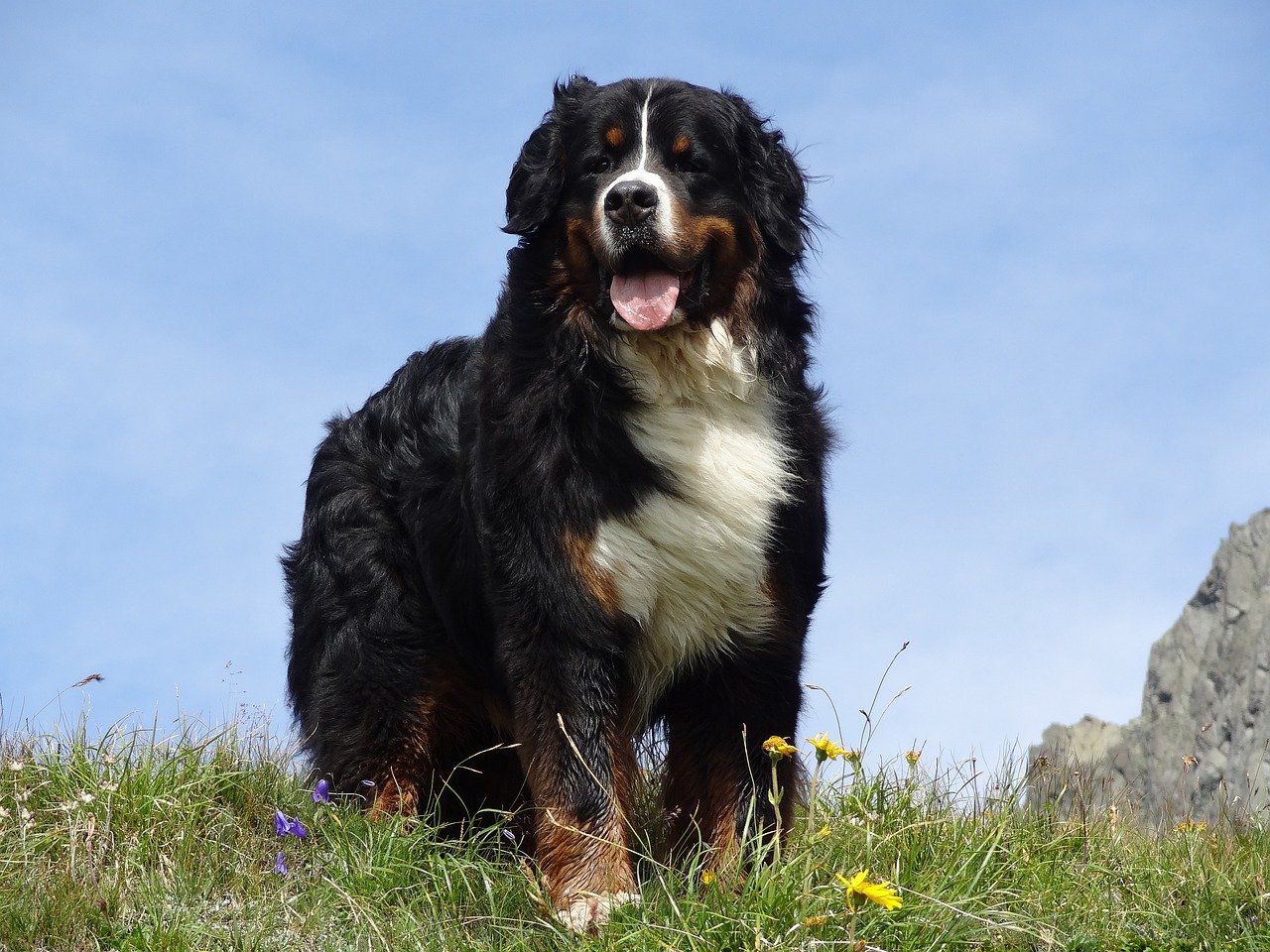
Bernese Mountain Dogs are known for their calm, affectionate nature, but their sturdy build and thick coats are better suited to the countryside than city apartments. They can weigh up to 115 pounds and need plenty of space to roam and play. Without it, they may become bored or anxious, leading to destructive habits like chewing or digging.
These dogs also shed heavily and need regular grooming, which is harder to manage in a small space. Bernese Mountain Dogs thrive on companionship and outdoor activity. When confined to a small home, they may not get the exercise or stimulation they crave, which can impact their overall happiness and health. For this breed, a big backyard and lots of family time are the keys to a fulfilling life.
Newfoundland

Newfoundlands are gentle, loving dogs with a reputation for being “nanny dogs” thanks to their patience with children. However, their massive size and thick, water-resistant coats make them a poor fit for small living spaces. They need ample room to move around and stretch their legs.
These dogs also drool—a lot—which can quickly become overwhelming in a tight space. Newfoundlands are happiest when they have access to water and plenty of room to roam. Without these, they may develop behavioral issues or simply feel unhappy. Their need for space is as big as their hearts, making them a better choice for families with large homes and outdoor access.
Old English Sheepdog
Old English Sheepdogs are fluffy, fun-loving, and full of character. Their thick coats and energetic nature make them a handful in small homes. These dogs were bred to herd sheep, so they have a natural instinct to move and explore.
In confined spaces, Old English Sheepdogs can become restless and bored. Their need for regular grooming also means more hair around the house, which is harder to manage in an apartment. They need space to burn off their energy and to avoid becoming anxious or destructive. For these playful pups, a home with a yard is almost a requirement.
Dalmatian
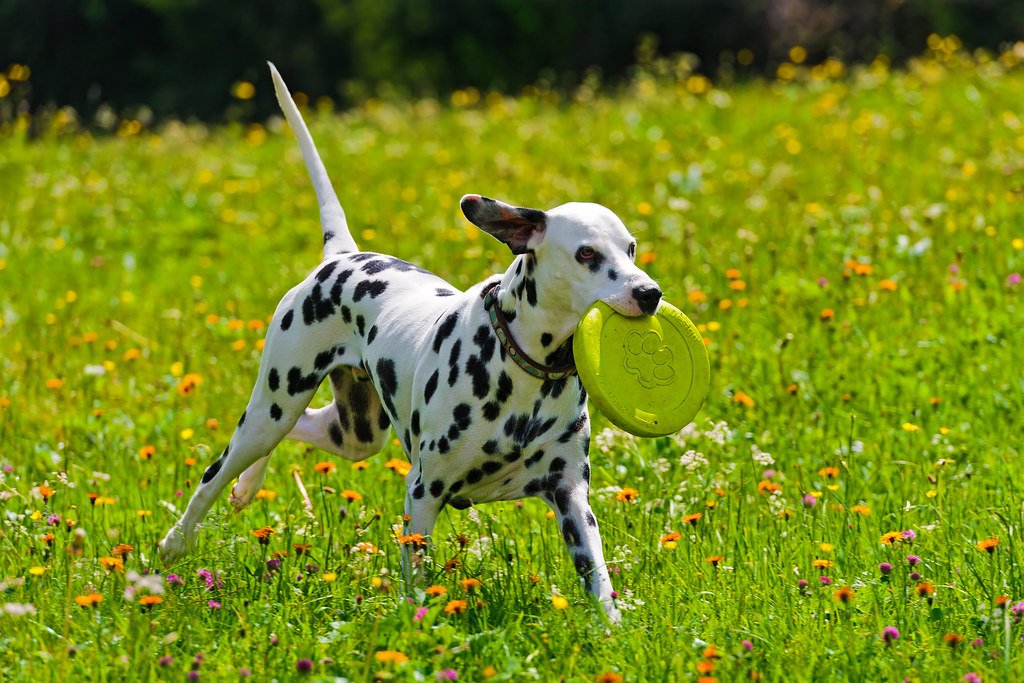
Dalmatians are famous for their striking spots and boundless energy. They were originally bred as carriage dogs, running alongside horses for miles. This history means they have a lot of stamina and need plenty of exercise every day.
In a small home, Dalmatians can quickly become bored and hyperactive. Without a yard or regular long walks, they may develop behavioral problems such as barking, digging, or chewing. Their need for activity and space to run makes apartment living a real challenge. For a Dalmatian, room to move isn’t just a luxury—it’s a necessity.
Weimaraner
Weimaraners are sleek, athletic dogs known for their intelligence and high energy levels. They thrive on mental and physical stimulation, and small spaces can’t provide the variety they crave. These dogs need long walks, playtime, and room to zoom around.
In an apartment, a Weimaraner can become bored and restless, leading to unwanted behaviors like barking or chewing. They also form strong bonds with their humans and need plenty of interaction. Without space to burn off their energy, these dogs can become anxious or even depressed. For their happiness, a large home with a yard is the best fit.
German Shepherd
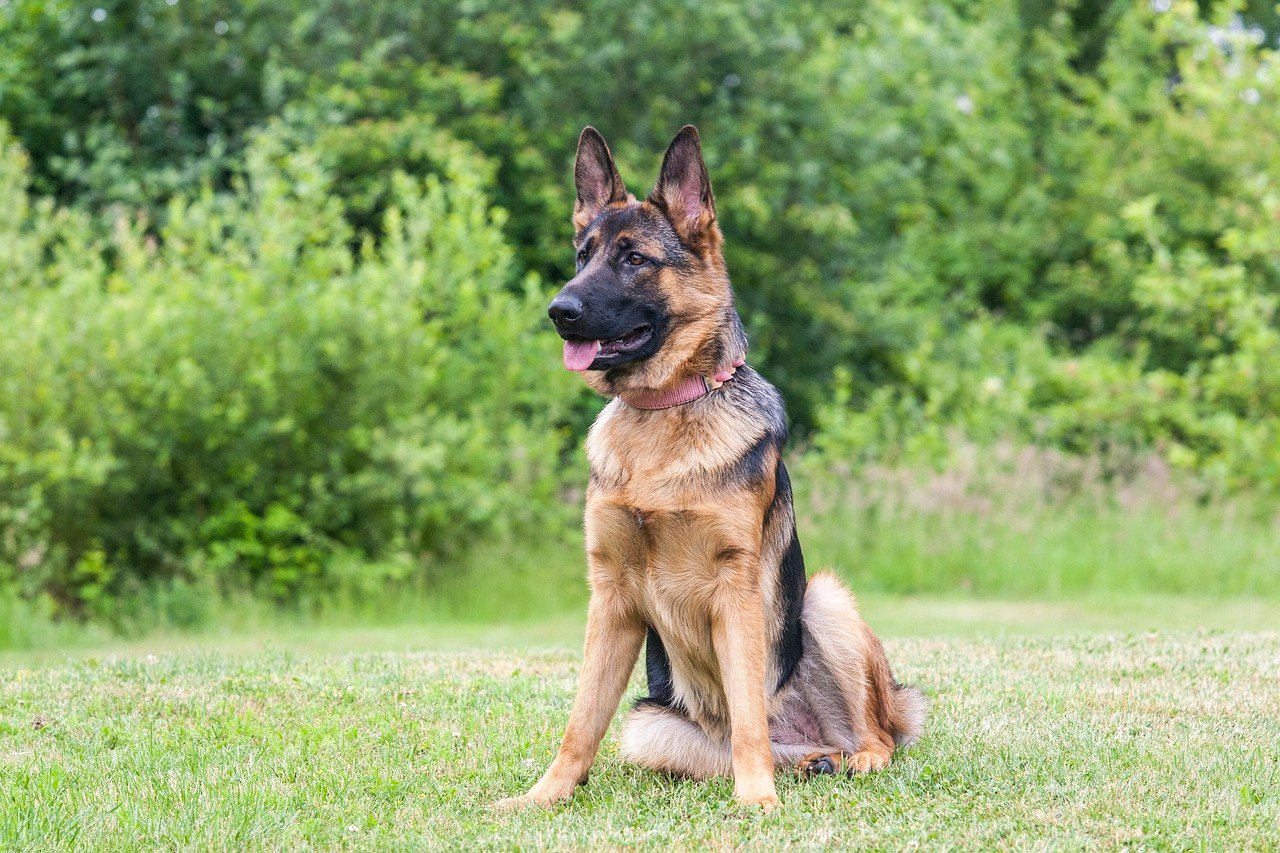
German Shepherds are admired for their loyalty, intelligence, and versatility. They’re often used as working dogs in police and military roles, which means they have energy to spare. In a small home, this energy can turn into frustration if not properly managed.
These dogs need plenty of exercise and mental challenges to stay happy. Without them, they may become destructive or develop behavioral issues. Their size and strength also mean they need space to move around comfortably. For a German Shepherd, a small apartment can feel confining and stressful, making a larger home with a yard a much better option.
Afghan Hound
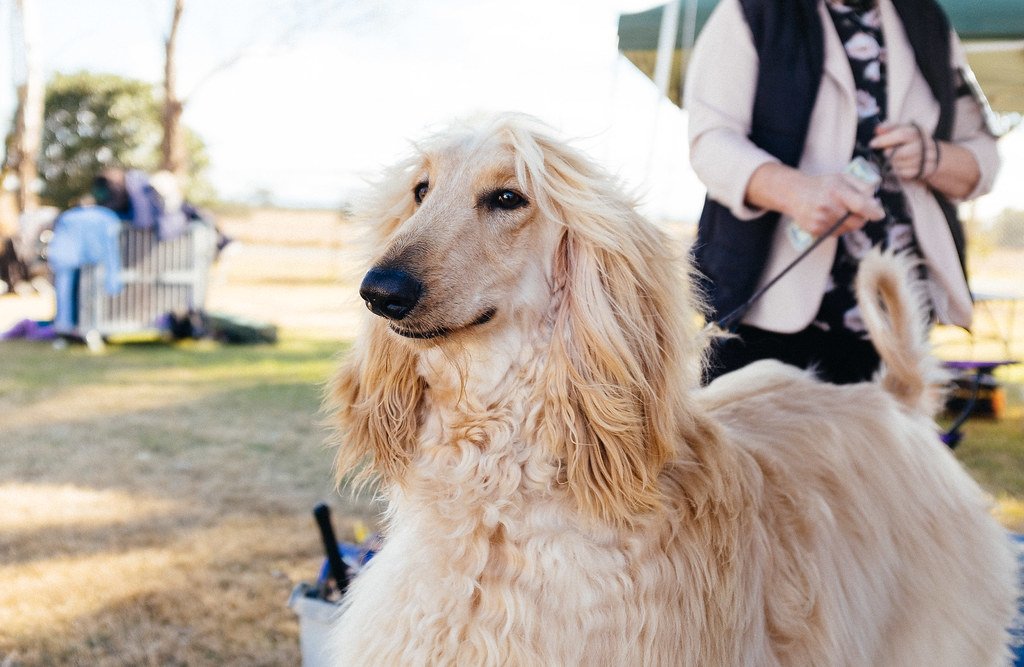
Afghan Hounds are known for their elegance and independent spirit. Their long, flowing coats and slender builds need space to be showcased properly. In a small home, these graceful dogs can feel cramped and unhappy.
Afghan Hounds have a high prey drive and love to run. They need regular exercise and room to stretch their legs. Without it, they may become bored and resort to unwanted behaviors. Their grooming needs also make small spaces challenging, as their hair can easily take over a room. For Afghan Hounds, space isn’t just about comfort—it’s about quality of life.
Not all dogs are built for compact living—and recognizing that can make a world of difference for both pet and owner. The 12 breeds we’ve explored often struggle in small homes due to their size, energy levels, or need for mental stimulation. While it’s possible to make adjustments and meet their needs with extra effort, it’s important to be realistic about the environment you can provide. Choosing a dog whose traits align with your living space helps ensure a happier, healthier, and less stressed companion. In the end, it’s not just about having a dog—it’s about giving them a life where they can truly thrive.






